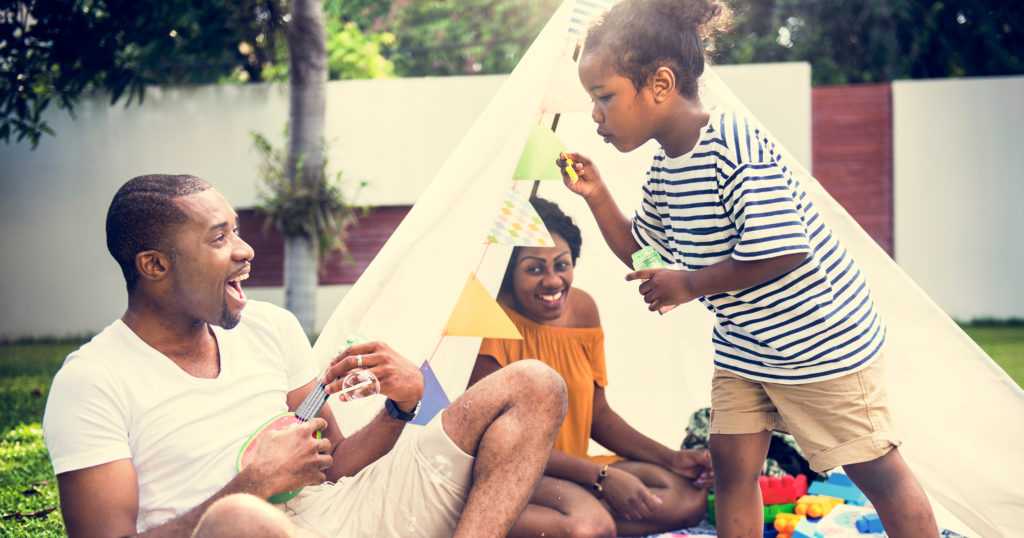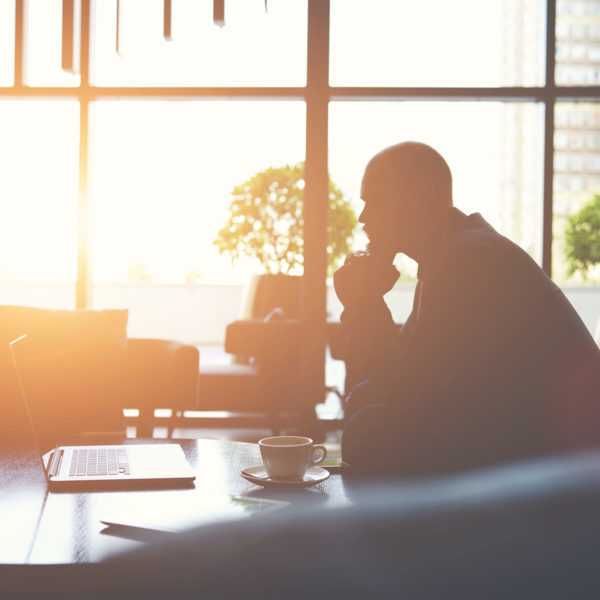Trends Reveal the Brighter Side of a Dark Year
Capitalism is resilient. COVID-19 may have closed thousands of businesses, destroyed millions of job, and vaporized at least $8 trillion of the world economy, but it’s spurred growth too, in sometimes surprising ways.


This year’s bumper crop of lemons has produced a surprising number of lemonade stands, and not just in health-related innovations or video communication tools like the instantly ubiquitous Zoom. In the U.S., sales are rising for wide range of goods and services that are suddenly more relevant to the way we live now.
Old Is New Again
Some old things suddenly seemed new. A ‘50s anachronism before the pandemic, the drive-in movie has made a comeback. As one of the few options for socially distanced communal entertainment, the 300+ drive-ins still in operation had a bumper summer, and not only with movies – they also became venues for weddings, church services, and community events. Pop-up drive-ins popped up too wherever people found a projector and a field – and even in an empty patch of ocean off Key Biscayne, Florida.
Bicycle sales have also soared this year, according to market researcher the NPD Group. Bike sales were up 63% year-over-year in June. Much of the growth was driven by strong sales in the high-end, $,1000-plus market, including mountain bikes (92% year-on-year) and electric bikes (190% year-on-year). Those looking for less-strenuous activity helped propel an 18% increase in toy sales, according to research firm NPD Group – and that was before holiday shopping “officially” started. And the toys capturing people’s fancy? Old standbys, like Barbies, Hot Wheels, and Monopoly.
Rural and suburban houses are suddenly fashionable too. In September, the number of new, single-family homes sold climbed 32.1% over September 2019, according to Commerce Department figures.
People already out in the country, meanwhile, spent more time in their backyard. Tractor Supply Co., a gardening and farming store, saw sales rise by 35% in the second quarter, and announced plans to open 75 new stores, even as many retailers filed for bankruptcy. Home improvement also became a higher priority: at Home Depot, sales over $1000 grew 16% in the same quarter.
Inside the house, people started baking more. Demand for yeast, for example, grew 647% in March. People’s need to store all those goodies drove up sales of Tupperware (Tupperware stock climbed from $1 in February to $28 as of early November). At the same time, to keep the poundcake off, people started buying more gym equipment: home exercise equipment sales rose 170% in the second quarter.
Nix to Lux and Bricks
Luxury products and status-related products, on the other hand, are of much less interest than before. One recent 495-respondent survey found that 57.7% of respondents said they cared about luxury products less now than before the pandemic and only 5.7% cared about them more, according to Grant McCracken, a New York-based anthropologist and consultant who specializes in American culture.
How people shop has changed as well, with e-commerce taking an even larger share of consumer spending than pre-pandemic. In Q2, online shopping grew 44% year on year in the U.S., to $347.26 billion from $266.84 billion, even as many established retailers, including Brooks Brothers, J. Crew, Lord & Taylor, Modell’s Sporting Goods, Neiman Marcus, and JC Penney all went into bankruptcy.
None of these changes surprises marketing experts. “It’s been like being under house arrest,” says Jagdish Sheth, a professor of marketing at Emory University’s Goizueta Business School. “What do prisoners do? They look for ways to distract themselves.”
But once the most important corona-era innovation of all – a corona vaccine – reaches the market, will these changes all go away? Will we all go back to living the way we did before and remember social distancing as a fad – the Macarena of 2020? Or has something more fundamental happened?
Sheth and other observers argue that the pandemic will lead to permanent changes in the economy akin to those caused by a major war or depression. What people have gone through is a profound experience that has realigned their priorities permanently.
Another behavior that Sheth thinks may change permanently is shopping. “There is a universal law of consumer behavior. When an existing habit or a necessity is given up, it always comes back as a recreation or a hobby,” he notes in a recent paper published in the Journal of Business Research. For example, hunting, fishing, gardening, and baking all used to be things people did because they had to but that we now do for fun. Will that be the case for shopping in person, now that online has become a primary purchasing channel? he asks.
“In Mom We Trust”
Carl Benedikt Frey, director of the Future of Work Programme at the Oxford Martin School at Oxford University and author of The Technology Trap: Capital, Labor and Power in the Age of Automation (Princeton 2020), has studied social attitudes in areas that were hardest hit by the Spanish Influenza. People in these areas shied away from social interactions and tended to trust others less – suggesting that at least some people will stay at home more than they did pre-COVID.
But the closeness may lead us to trust family more. Mothers have played an even more central role in the lives of their families than they did before, according to McCracken. Many mothers say they feel closer now to their daughters than they did pre-pandemic: 63% of 500 mothers surveyed say this is the relationship in the family that is flourishing most now, much more than mother and son (which 18% say is improved), father and daughter (12%), or father and son (8%).
Going forward, McCracken expects that family will stay a higher priority. “As daughters and family matter more, upward mobility and status competition matter less. Work does too. Women say that they now look at all the dressing up to go into work as a kind of theater,” he adds.
Sheth says people are spending more time with old friends and relatives online as well than they did pre-COVID. If as a result, you become closer friends by the end of this period, you may come out ahead in the scheme of things: one study of British consumers has calculated that for most people, having a close friend is worth about $150,000 in extra income. The good news is that no matter what happens in the market, your social capital portfolio could be hitting seven figures by the time this is all over.

